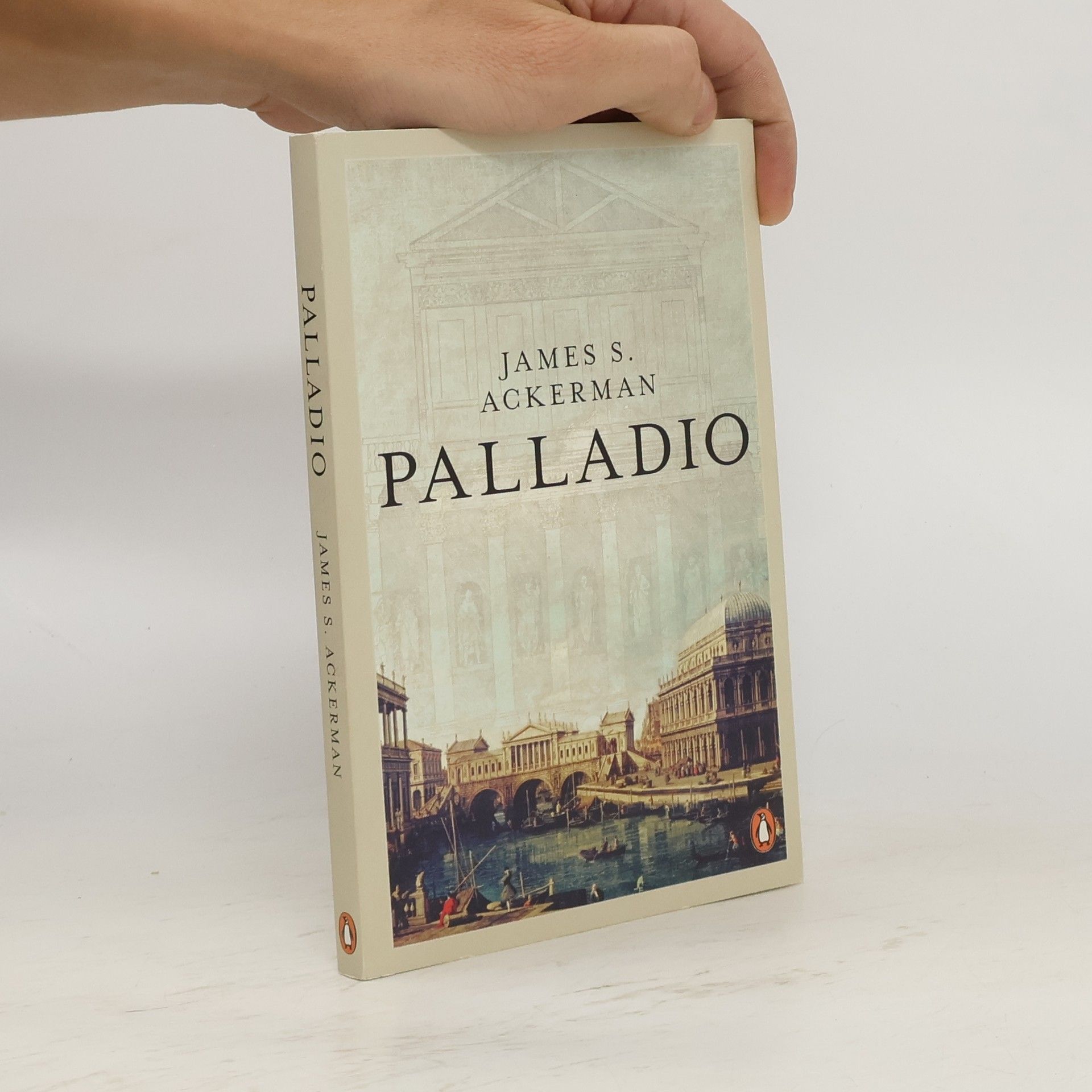"In The Villa, James Ackerman explores villa building in the West from ancient Rome to twentieth-century France and America. In this wide-ranging book, he illuminates such topics as the early villas of the Medici, the rise of the "country place" as a focus for examining the relationships between urban and rural life, between architectural design and social, cultural, economic, and political forces" -- Book cover
James S. Ackerman Livres
James S. Ackerman fut un éminent historien de l'art et de l'architecture dont les recherches se sont principalement concentrées sur les structures de la Renaissance italienne. Son œuvre explore la relation complexe entre la forme architecturale et les idéologies sous-jacentes qui l'ont façonnée. Les analyses d'Ackerman sont célébrées pour leur précision et la manière dont elles synthétisent le contexte historique avec la création artistique. Son influence durable façonne de manière significative l'étude de l'architecture de la Renaissance.


Palladio (1508-80) combined classical restraint with constant inventiveness. In this study, Professor Ackerman sets Palladio in the context of his age - the Humanist era of Michelangelo and Raphael, Titian and Veronese - and examines each of the villas, churches and palaces in turn.